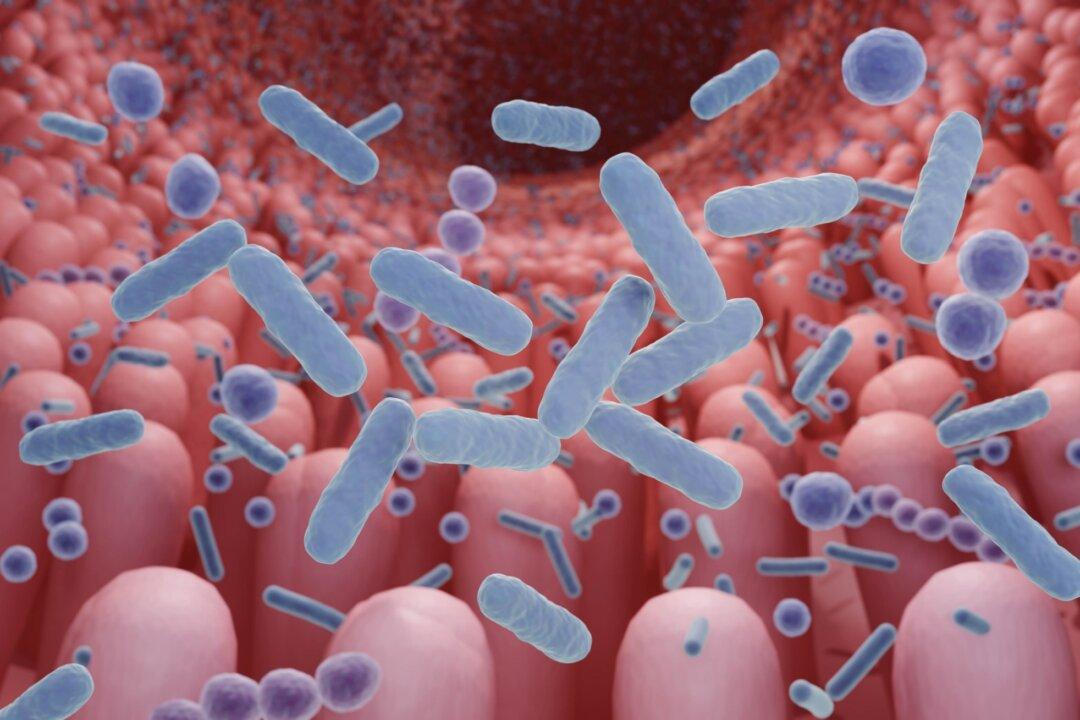The push toward globalism isn’t limited to political schemes; it also includes efforts to influence agriculture and homogenize food consumption around the world. The origins and varieties of the food we eat have drastically changed in the past few decades thanks to changing farming practices, although this has likely escaped the notice of most everyday grocery shoppers.
In many nations, bountiful supermarket shelves provide the illusion of abundance, while powerful global monopolies increasingly control food production, limiting farmers’ control over their crops and endangering plant species.
Eating to Extinction
In the 2022 book “Eating to Extinction: The World’s Rarest Foods and Why We Need to Save Them,” author Dan Saladino examines why the scope of our diet has drastically narrowed even while food is abundantly available in rich nations such as the United States.Decreasing biodiversity is leading to the extinction of some food plant species, according to Saladino, a longtime food journalist for the BBC.
“Over the past several decades, globalization has homogenized what we eat, and done so ruthlessly,” he wrote. “Of the roughly six thousand different plants once consumed by human beings, only nine remain major staples today. Just three of these―rice, wheat, and corn―now provide fifty percent of all our calories.”
This dwindling diversity stems from the way our food is produced under the tight control of a small number of large companies, according to Saladino.
“The source of much of the world’s food―seeds―is mostly in the control of just four corporations. Ninety-five percent of milk consumed in the United States comes from a single breed of cow [the Holstein],” he wrote.
“Half of all the world’s cheese is made with bacteria or enzymes made by one company. And one in four beers drunk around the world is the product of one brewer.”
Saladino told The Epoch Times that crop diversity is worth preserving because it’s “the legacy of thousands of years of farming and food production.”
Monopolies Dominate the Global Food Market
As a result of laws passed in the 1990s to protect bioengineered crops, four corporations now control more than half of the world’s seeds, according to the 2021 Deutsche Welle article “Who Controls the World’s Food Supply?”Seed Patents
The 2022 report No Patents on Seeds, produced by an international coalition of the same name, states that “patents ... granted on usages of naturally occurring genes, on seeds, on plants and [on] their harvest, represent one of the biggest threats to global food security and regional food sovereignty.”The group stated that although the European Patent Office ceased granting patents on conventionally bred plants and animals in 2017, corporations now use loopholes to patent randomly generated (rather than genetically engineered) plant mutations.
These patents on genes and genetic variations “block access to biological diversity for plant breeding,” according to the report.
Patents create monopolies on plants and animals.
“If patents are granted on conventionally bred plants and animals within its geographic scope, the patent holder can exclude other breeders from using them to bring new varieties to the market,” the report reads.
“Corporate control of seed violates farmers’ rights under international conventions and endangers people’s livelihoods, increasing hunger and eroding cultural traditions,” claims the second short film in the series, “Seeds.”
“Billionaire philanthropists [such as the Bill and Melinda Gates Foundation and the Rockefeller Foundation] are pushing U.S.-style industrial agriculture around the globe—including in Africa,” the film states.
Industrial agriculture “is the single largest cause of biodiversity loss worldwide, fails to solve hunger, and hurts small-scale farmers and the planet,” according to the films.
Although Western-led charitable organizations may mean well, their insistence on imposing this approach to farming has done more harm than good, AGRA Watch and AFSA say.
An effort to feed the world’s hungry more efficiently was what first drove the effort to modify foods for productivity and uniformity, wrote Saladino, who has traced this back to the decades following World War II. Agriculture scientists of the time found ways to produce rice and wheat “on a phenomenal scale,” he wrote.
Although this was a noble attempt “to save millions from starvation,” it was a trade-off resulting in a loss of food diversity.
In an email to The Epoch Times, Saladino wrote: “We can’t have a one-size-fits-all approach to feeding the world based around a reductionist vision of producing more and more calories. Science is only beginning to reveal to us the complexity and sophistication of many traditional food and farming systems.
Solutions: Davids Face Goliath
A return to biodiversity-preserving farming practices seems impossible as long as industrial agriculture giants monopolize food production from seed to shelf.In it, the authors describe growing global efforts to shift farming and food production practices out of a homogenized industrial system and into what has come to be called an “agroecological model.”
Following this model will enable farmers to nourish a world population of 10 billion people by the mid-21st century while maintaining crop biodiversity and reducing dependence on harmful industrial practices, they claim.
Saladino offered practical advice to grocery shoppers hoping to join this pushback against global food homogenization.
“Technology has been one of the drivers of globalization and the homogenization of food, but technology can also provide us with a means to help preserve [food] diversity,” he said.
In his book, Saladino described meeting a farmer in southwestern China who’s saving endangered varieties of rice by selling directly to people in Chengdu and Beijing via WeChat.
“Through an app on our phones, it’s possible for more of us to have a direct relationship with farmers and food producers,” he told The Epoch Times.
Some of these apps include Locavore, Simply Local, Farm Fresh 24/7, and Farmish.
Buying locally leads to cooking with foods that are in season.
“If all of us just cooked more seasonally, that would make a big difference to global food diversity,” Saladino said.
“We can’t replicate the relationship hunter-gatherers have with nature and biodiversity, but we can increase our awareness of the food that exists around us, the farmers and food producers in our part of the world, and the crops, fruits and other foods adapted to the places we live. One simple way of doing that is to live and eat in tune with the seasons,” he said.





